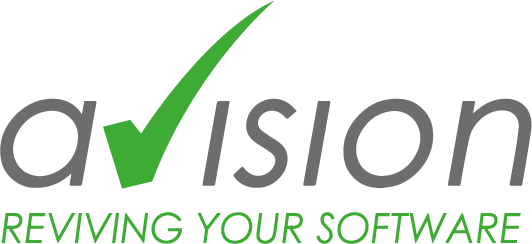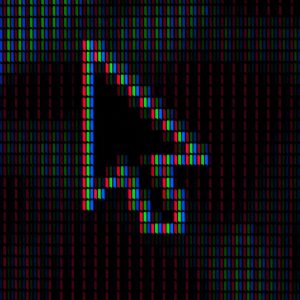A new generation of IT managers, microservices and the cloud: IT service provider Avision explains which trends will shape companies’ legacy applications in 2022.
Avision, an IT service provider specializing in software revival, sees a number of key developments relating to legacy software in the coming year. These are not only technological issues, but also organizational questions.
1. Generational change promotes the emergence of legacy systems
Due to the generational change, younger IT managers are increasingly joining companies. They often focus on new, modern solutions such as mobile apps – and tend to neglect existing systems. The managers who introduced and managed these systems are gradually leaving the company. As a result, many business-critical applications such as CRM solutions run the risk of becoming legacy systems.
2. “One man shows” can develop into disasters
Another problem that arises from the generational change: Supporting business-critical legacy systems is a “one man show” in many companies. There is only one person in the company or at the IT service provider who is really familiar with the legacy software and can maintain and develop it further. If this exclusive source of expertise leaves the company or IT service provider, there is a risk of devastating system failures.
3. Companies are increasingly splitting up monolithic legacy systems
One of the technological trends in legacy software is microservices. Companies are increasingly splitting their large, monolithic systems that have grown over the years into smaller, independent microservices. Among other things, this makes it easier for them to adapt the systems to new requirements. As the risk of unwanted side effects is reduced, adaptation projects are significantly less risky.
4. Legacy software is increasingly moving to the cloud
The switch to microservices architectures also supports another trend: the increasing migration of legacy software to the cloud. Splitting software into smaller functional blocks enables companies to migrate individual parts to the cloud more easily and benefit from their advantages in a targeted manner. This allows them to move components that require a high level of scalability – such as a web store – to the cloud and continue to operate components that do not need to scale greatly – such as the billing system – themselves.
5. database-centricity of legacy applications is removed
As part of the transition to microservices, many companies are also tackling another architectural issue. Many legacy systems are heavily database-centric. Because this programming style was common at the time of their creation, their databases contain a lot of business logic. In terms of lightweight software, however, databases are now only used as data storage. Companies are now increasingly applying this approach to their legacy software and removing the business logic from the databases when breaking up the monolithic systems.
“Despite all the justified focus on creating new, modern software solutions: Companies should urgently take care not to neglect existing systems and thereby unnecessarily produce legacy software,” says Nadine Riederer, CEO of Avision. “In order to ensure the functionality of their actual legacy applications, even when important know-how carriers leave, they should distribute the expertise for this among several people in good time or change the service provider.”
This press release is also available at www.pr-com.de/de/avision.
Press contact
Avision GmbH
Christina Karl
Marketing
Bajuwarenring 14
D-82041 Oberhaching
Tel. +49-89-623037-967
christina.karl@avision-it.de
PR-COM GmbH
Melissa Gemmrich
Sendlinger-Tor-Platz 6
D-80336 München
Tel. +49-89-59997-759
melissa.gemmrich@pr-com.de



